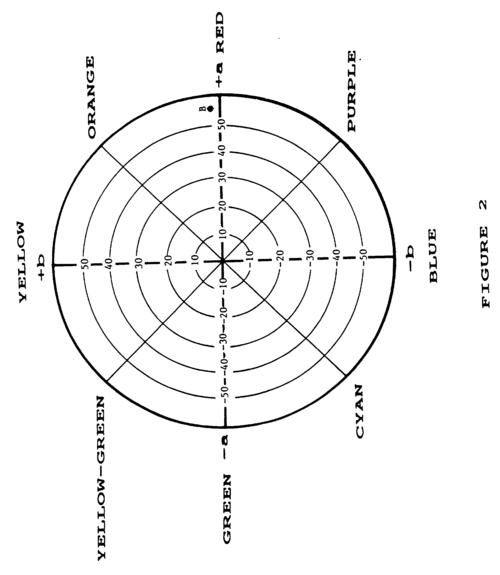The Rise of Two-Layer Ledger Sharing
 summary:
The Rise of Two-Layer Ledger Sharing highlights the increasing importance of a two-layer l...
summary:
The Rise of Two-Layer Ledger Sharing highlights the increasing importance of a two-layer l... The Rise of Two-Layer Ledger Sharing highlights the increasing importance of a two-layer ledger system in various industries. This innovative technology allows for secure and efficient data sharing, enabling businesses to collaborate more effectively. The rise of this trend indicates a growing need for transparency and accountability in financial transactions and other sectors. By utilizing two-layer ledger sharing, companies can improve their operations, enhance trust between parties, and promote overall business growth.
In the digital age, blockchain technology has revolutionized the way we manage and share information. Among various blockchain implementations, the concept of two-layer ledger sharing has emerged as a promising approach for enhancing data security, transparency, and efficiency.
A two-layer ledger sharing architecture consists of a public ledger and a private ledger. The public ledger acts as a transparent and immutable record of transactions, while the private ledger provides an additional layer of security and privacy for sensitive or confidential data. This architecture offers a balance between openness and privacy, making it suitable for various applications across different industries.
In this article, we will explore the concept of two-layer ledger sharing, its benefits, and how it is revolutionizing data management and collaboration.
What is Two-Layer Ledger Sharing?
Two-layer ledger sharing involves the integration of two types of ledgers: public and private. The public ledger, also known as the outer layer, is open to everyone and provides transparency and verification of transactions. It ensures that all recorded transactions are valid and cannot be tampered with. The private ledger, on the other hand, acts as the inner layer and holds sensitive or confidential information. It provides an additional level of security and privacy, ensuring that only authorized parties can access and modify the data.
The integration of both ledgers allows for secure sharing of data while maintaining transparency and accountability. This architecture enables organizations to collaborate and share information without compromising sensitive data or violating privacy regulations.
Benefits of Two-Layer Ledger Sharing
1、Enhanced Security: The private ledger provides an additional layer of security for sensitive data. With strict access controls and encryption techniques, it ensures that only authorized parties can access and modify the information.
2、Transparency and Trust: The public ledger provides a transparent record of transactions, ensuring trust between different parties involved in the collaboration. It acts as a trusted third party, eliminating the need for intermediaries and reducing the risk of fraud or double-spending.
3、Compliance with Regulations: Two-layer ledger sharing allows organizations to comply with privacy regulations and data protection laws. By separating sensitive data into the private ledger, organizations can ensure that only authorized personnel have access to it, while maintaining transparency for non-sensitive information on the public ledger.
4、Improved Collaboration: The shared ledgers enable organizations to collaborate efficiently and securely. By sharing information through the public ledger, they can collaborate on projects, exchange assets, or conduct secure transactions without revealing sensitive details.
5、Scalability and Flexibility: Two-layer ledger sharing offers scalability and flexibility in terms of data management. Organizations can choose to share specific information on the public ledger while keeping other data private, depending on their needs and requirements.
Use Cases of Two-Layer Ledger Sharing
1、Supply Chain Management: In supply chain management, two-layer ledger sharing can be used to track and trace goods while ensuring the privacy of sensitive information such as pricing or supplier details. The public ledger can be used to verify the authenticity of products, while the private ledger can be used to share confidential details between suppliers and buyers.
2、Healthcare: In healthcare, two-layer ledger sharing can be used to securely store patient data while ensuring transparency in treatment and billing processes. Sensitive patient information can be stored on the private ledger, while non-sensitive data such as treatment details can be shared on the public ledger.
3、Finance: In finance, two-layer ledger sharing can be used for secure transactions and asset exchange. The public ledger can be used to record financial transactions, while the private ledger can be used to manage sensitive financial details such as account balances or transaction histories.
4、Government Services: Governments can use two-layer ledger sharing to provide transparent services to citizens while ensuring privacy for sensitive data such as personal details or tax information. The public ledger can be used to record government transactions and contracts, while the private ledger can be used to store confidential data within government departments.
Challenges and Future Directions
Despite the numerous benefits of two-layer ledger sharing, there are some challenges that need to be addressed. One of the main challenges is ensuring compatibility between different ledgers and platforms. As there are various blockchain platforms and ledgers available, it is important to ensure that they can seamlessly integrate with each other for effective collaboration.
Another challenge is ensuring data privacy and security. While two-layer ledger sharing provides an additional layer of security, it is important to ensure that proper access controls and encryption techniques are implemented to protect sensitive data from unauthorized access or breaches.
In the future, we expect to see more research and development in two-layer ledger sharing technology. With advancements in blockchain technology and encryption techniques, we can expect more efficient and secure solutions for data management and collaboration using two-layer ledgers.
Conclusion
Two-layer ledger sharing is a promising approach for enhancing data security, transparency, and efficiency in various industries. By

